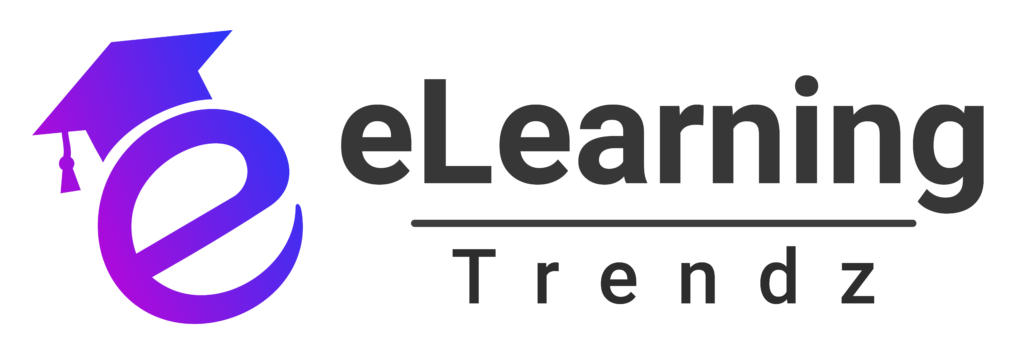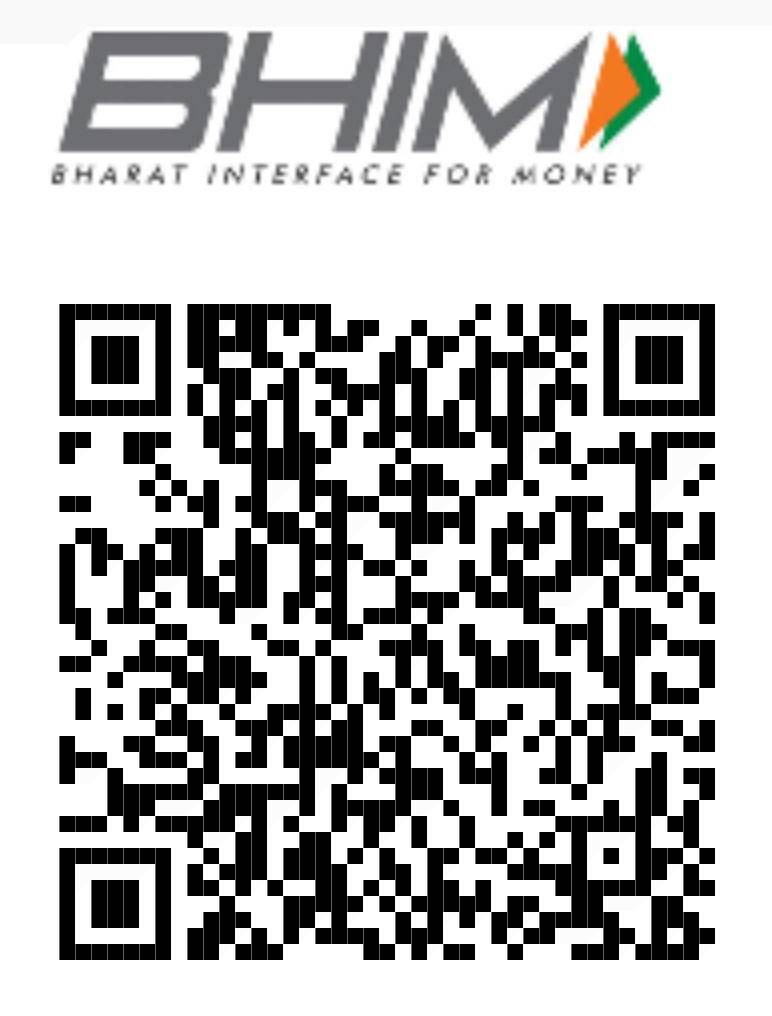In today’s competitive business landscape, productivity is the cornerstone of success. For organizations aiming to maximize efficiency, combining goal-setting strategies with Learning Management System (LMS) tracking can be a game-changer. This powerful integration not only aligns team efforts with organizational objectives but also provides actionable insights to drive continuous improvement. In this blog, we’ll explore how goal-setting and LMS tracking can work together to boost team productivity and deliver measurable results.
The Power of Goal-Setting in Team Productivity
Goal-setting is a proven method for enhancing focus, motivation, and performance. When teams have clear, measurable objectives, they are better equipped to prioritize tasks, collaborate effectively, and achieve desired outcomes. Here’s why goal-setting is essential:
- Clarity and Direction: Goals provide a roadmap, ensuring everyone knows what needs to be accomplished.
- Motivation and Engagement: Clear targets inspire employees to stay focused and committed.
- Accountability: Goals create a sense of responsibility, encouraging individuals to take ownership of their work.
- Measurable Progress: Well-defined goals make it easier to track progress and celebrate milestones.
However, setting goals is only half the battle. To truly boost productivity, organizations need a system to monitor progress and provide real-time feedback. This is where LMS tracking comes into play.
The Role of LMS Tracking in Productivity
A Learning Management System (LMS) is more than just a platform for delivering training—it’s a powerful tool for tracking employee performance and development. By integrating goal-setting with LMS tracking, organizations can:
- Monitor Progress in Real Time:
LMS platforms provide real-time data on course completion, skill acquisition, and performance metrics, enabling managers to track progress toward goals. - Identify Skill Gaps:
LMS analytics highlight areas where employees may need additional training or support, ensuring they have the skills needed to achieve their goals. - Personalize Learning Paths:
Based on individual goals and performance data, LMS platforms can recommend tailored learning resources to enhance productivity. - Foster Continuous Improvement:
Regular feedback and data-driven insights help employees refine their approach and stay on track.
How Goal-Setting and LMS Tracking Work Together
Integrating goal-setting with LMS tracking creates a seamless workflow that enhances productivity at every level. Here’s how the two components complement each other:
1. Aligning Individual Goals with Organizational Objectives
By linking employee goals to broader business objectives, organizations ensure that every team member’s efforts contribute to the company’s success. LMS tracking helps monitor alignment and adjust goals as needed.
2. Tracking Progress and Providing Feedback
LMS platforms enable managers to track progress toward goals in real time, providing timely feedback and support to keep employees on track.
3. Enhancing Skill Development
LMS tracking identifies skill gaps and recommends relevant training programs, ensuring employees have the knowledge and skills needed to achieve their goals.
4. Celebrating Achievements
Recognizing milestones and accomplishments boosts morale and motivates teams to maintain high productivity levels.
Steps to Integrate Goal-Setting with LMS Tracking
Ready to harness the power of goal-setting and LMS tracking? Follow these steps to get started:
- Define Clear Goals:
Work with your team to set SMART (Specific, Measurable, Achievable, Relevant, Time-bound) goals that align with organizational objectives. - Leverage Your LMS:
Use your LMS to create personalized learning paths that support employee goals. Ensure the platform tracks relevant metrics, such as course completion rates and skill development. - Monitor Progress:
Regularly review LMS data to track progress toward goals. Use dashboards and reports to visualize performance and identify areas for improvement. - Provide Feedback and Support:
Offer constructive feedback and additional resources to help employees overcome challenges and stay on track. - Celebrate Success:
Recognize and reward achievements to keep your team motivated and engaged.
Benefits of Combining Goal-Setting with LMS Tracking
The integration of goal-setting and LMS tracking offers numerous benefits for organizations and employees alike:
- Improved Productivity: Clear goals and real-time tracking keep teams focused and efficient.
- Enhanced Skill Development: Personalized learning paths ensure employees acquire the skills needed to achieve their goals.
- Data-Driven Decision Making: LMS analytics provide actionable insights to optimize training programs and resource allocation.
- Increased Engagement: Regular feedback and recognition boost employee morale and commitment.
- Better Alignment with Business Goals: Linking individual goals to organizational objectives ensures everyone is working toward the same vision.
Real-World Examples of Goal-Setting and LMS Tracking in Action
Here are a few examples of how organizations are leveraging this powerful combination:
- Sales Teams: Setting revenue targets and using LMS tracking to monitor progress in sales training programs.
- Customer Support Teams: Establishing response time goals and using LMS data to identify areas for improvement in customer service skills.
- Project Teams: Defining project milestones and tracking skill development to ensure timely delivery.
Conclusion
Boosting team productivity requires more than just setting goals—it demands a system to track progress, provide feedback, and support continuous improvement. By integrating goal-setting with LMS tracking, organizations can create a dynamic, data-driven approach to productivity that delivers measurable results.
Whether you’re looking to enhance skill development, align team efforts with business objectives, or foster a culture of continuous improvement, this powerful combination is the key to unlocking your team’s full potential. Start today and watch your productivity soar!









